Table of Contents
Chapter Summary
Early Rulers of Delhi
The city of Delhi, which today stands as the national capital was ruled over by many rulers over the period of time. The Delhi Sultans were one of the first Islamic rulers in India who ruled over the period of 400 years before being taken over by the Mughals. They were powerful and had adequate skills and abilities to fight wars and protect their lands. The city of Delhi was first ruled by the Tomara Rajputs between the early 12th century (1165), who were defeated by the Chauhans of Ajmer. The Chauhans then ruled Delhi under the kingship of Prithviraj Chauhan for a period of 13 years.
Read more: NCERT Solutions Class 7 Social Science Chapter 2 Inside Our Earth
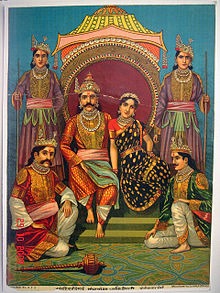
Under the Tomars and Chauhans, Delhi became an important trade and commerce centre of India. Many rich Jain merchants lived in the city and constructed many temples as well. The coins were also minted in the city which was known as Delhiwals. They had wide circulations throughout the country showing widespread usage.
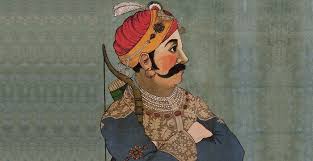
During this time, Delhi was also being looked at by the Western Asian countries as a city full of riches and grains. The Turks had looted Somnath temple in Gujarat, between 1017-1026 A.D by the Mahmud of Ghazni, the ruler of Turkey in the 11th century A.D. The Ghurids under the patronage of Mohammad Ghori fought with the Chauhans twice between 1191-1192 at Terrain.Prithviraj Chauhan lost the battle and Delhi was now being ruled by the Ghurids. Thus, this led to Mohammad Ghori became the first Muslim ruler of India.
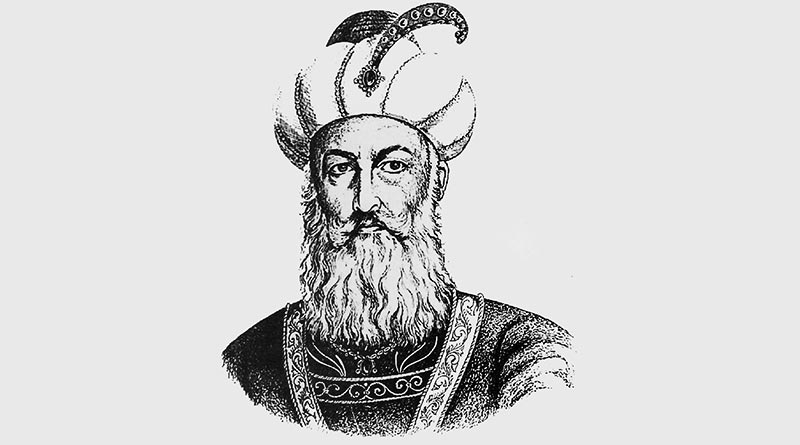
SLAVE DYNASTY (1206-1290):
Qutub Ud-Din Aibak (1206-1210):
The slave dynasty was the first Muslim dynasty that ruled in India. The dynasty was found by Qutub Ud-Din Aibak, the general of Mohammad Ghori’s army. He started building the Qutub Minar in Delhi, but it was not completed during his rule as he died early due to an accident.
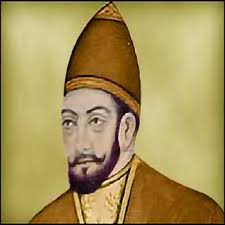
Iltutmish(1211-1236):
Qutub Ud-Din Aibak was succeeded by Iltutmish. He was a kind-hearted noble ruler who believed in a lot of charities and alms for poor which were mentioned in Islam. He completed the construction of Qutub Minar. He also constructed of one of the oldest mosques of India, Adhai-din ka Jhopda(the mosque built in 2.5 days) in Ajmer, Rajasthan.
Also Read : Jennifers Tigers Summary
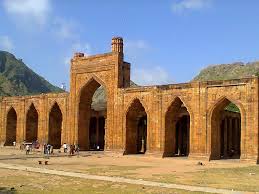
Iltutmish introduced the Iqtadari system which was a type of land distribution and administrative system, which was used to pay to the high-level military officers instead of a salary. The holders of such lands were called the Iqtadars.
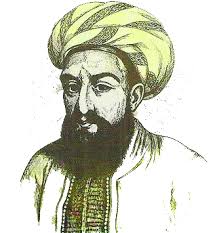
Raziya Sultan(1236-1240):
Iltutmish was succeeded by his daughter Raziya Sultan who ruled for 4 years. The chronicler of that era, Minhaj-i-Siraj, stated that Raziya was most qualified to be the ruler of the nation amongst her 4 brothers. However, he was uncomfortable in having a female as his rulers and so were the noblemen of her court. She was removed from the queenship in 1240.
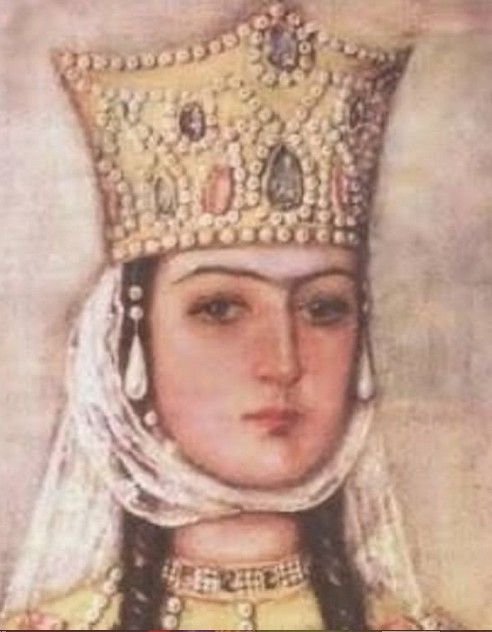
Balban(1266-1287):
After the rule of Raziya Sultan, the slave dynasty gave out the most powerful and brutal ruler in the history of Delhi sultanate, Ghiazuddin Balban. He was one of the noblemen responsible for the removal of Raziya Sultan. He introduced the policy of blood and iron to suppress revolts and protect the dynasty from external invasions. The policy was to torture the enemies and create fear among them with harsh punishments.
Balban was an able administrator and also took over the army and disciplined them very harshly. He was responsible for the first expansion of the Sultanate by crossing over the Ganga-Yamuna Doab Regions and hunter and pastoralists were also expelled from the habitat. Hinterlands i.e. the lands adjacent to a city or port that supply it with goods and services were controlled by the Sultan himself.
The slave dynasty after Balban’s death grew weaker and weaker until Delhi was captured by the Khiljis.
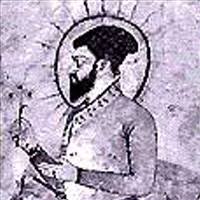
KHILJI DYNASTY (1290-1320)
Jalaluddin Khilji(1290-1296):
The Khiljis took over the reins from the Slave dynasty and ruled Delhi for 30 years. The dynasty was founded by Jalaluddin Khilji. He however did not last for long and was murdered by his nephew and the next Sultan in line, Alauddin Khilji.
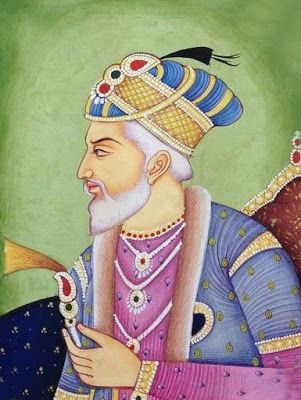
Alauddin Khilji(1296-1313):
When we hear of the Delhi Sultans, we frequently think of who was alauddin khilji class 7 we learn about his dynasty and rule.Alauddin Khilji was one of the finest administrators and commanders of the Delhi Sultanate. Genghis Khan, the Mongol ruler who invaded Iran and other middle eastern countries in the early 14th century, also attacked India in 1299/1300 A.D. To prevent the invasions, Alauddin Khilji established a very strong army and in large numbers. He established a new town named Siri for his soldiers and trained them there.
Khilji fed his large army through the tax collected from lands between the Ganga and Yamuna. He paid his soldiers in the form of cash instead of the Iqtadari system. However, the high-level officials were still given payment through the Iqtadari system. There was a lot of rigid auditing on the officials. Khilji made sure that the Iqtadars did not charge more than the prescribed rate.
Khilji brought the aristocrats under his control and they accepted his leadership. He also removed the power of local chieftains from levying taxes on agricultural lands and commanded them to pay taxes. Some of the old chieftains and landlords served the Sultanate as revenue collectors and assessors. He made sure that the taxes were collected on time and also provided relief to the farmers in case of a crop failure.
Alauddin Khilji led to the second expansion of the Sultanate. He made military expeditions into Southern India. With the expansion, he captured a lot of elephants, horses, and slaves which carried away precious metals.
With his death, the Khilji dynasty did not last for long. The Tughlaqs took over the reign of Delhi.
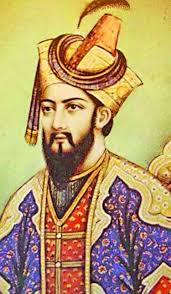
TUGHLAQ DYNASTY (1320-1413)
Ghiyas-ud-din Malik or Ghiazuddin Tughlaq (1320-1325) :
The Tughlaqs took over Delhi with Ghiazuddin Tughlaq as its founder. Ghiazuddin Tughlaq reinstated the peace in his empire. He took over the states of Bengal, Orissa, and Warangal under his control. He was also responsible for the establishment of the city called Tughlaqabad which, however, could not be completed during his reign.
Tughlaq focused more on the development of postal arrangements, judiciary reforms, irrigation systems, improving the agriculture condition of the state, and also the police. He was also in controversy with the Sufi saint Nizam Uddin Aulia of Delhi, who told him “ Delhi Abhi door hai” which means that Delhi is still far. Ghiazuddin Tughlaq died while attending an event for his victories in Bengal.
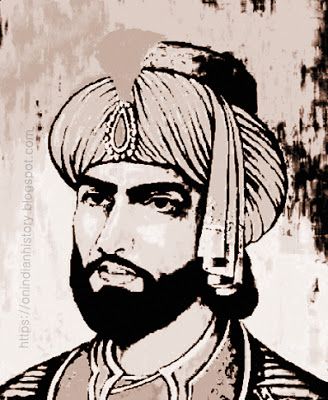
Muhammad-Bin- Tughlaq (1325-1351):
The next ruler of Tughlaq dynasty was the most controversial king in the history of Delhi Sultanate, Muhammad Bin Tughlaq. Muhammad Bin Tughlaq stood for the administrative and political unity of India. Tughlaq captured Warangal (present-day Telangana) in 1327 A.D.
Tughlaq was not a very able administrator as he had taken many hasty decisions. He increased the tax rates in the Doab regions, to fill the empty treasury. To avoid taxation, many people moved into the forests which resulted in neglecting cultivation and food shortage.
Tughlaq moved the capital from Delhi to Devagiri or Daulatabad to protect his capital. He ordered all his officials and the common people to move to the new capital. This caused a massive setback for the people as many died on the way to the new capital. He then re-ordered their return to Delhi, which he declared as the capital. This caused further hardships to the people.
Tughlaq introduced the copper currency system to replace the gold and silver coins. This led to the fall in the value of the currency and a lot of forgeries took place. It was finally withdrawn.
He led the third expansion of the Sultanate for which he raised an army of 3,70,000 soldiers. He wanted to conquer Khurasan (present-day Iran), Iraq, Transoxiana (Modern day Uzbekistan and Tajikistan), and Warangal. Out of all, he was able to conquer Warangal successfully. His fear of Mongol invasion led him to present huge grants to Tamashirin, the ruler of Mongolia.
Tughlaq’s lack of proper judgment in the appointment of the officials in high posts resulted in the faulty implementation of all his well-wished policies. This was recorded by the Moroccan traveler Ibn-Battuta who stayed in the court of Muhammad-Bin-Tughlaq.
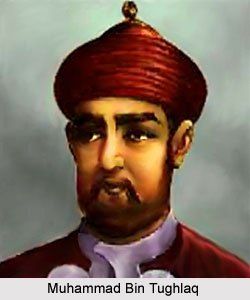
Feroz Shah Tughlaq(1351- 1388):
The nephew of Ghiazuddin Tughlaq, Feroze Shah Tughlaq was next in line to rule over Delhi. He was comparatively a more stable and understanding ruler in comparison to his predecessor. He withdrew all Taquavi which were the agriculture loans granted by Mohammad-Bin-Tughlaq and also brought to an end to all unlawful and unjust taxes. He just maintained four taxes i.e
- Kharaj- 1/10 of the produce of the land,
- Khams- 1/5 of the war treasury
- Jizya- Poll Tax
- Zakat- Tax on Muslims for specific religious processes
Tughlaq also constructed 150 wells, 100 bridges, 50 dams and also dug many irrigational canals for providing water supply to farmers. He constructed various towns like Firozabad, Hissar, Jaunpur, and Fatehabad as well as captured Jainagar and surrounded Bengal between 1353 A.D and 1359 A.D.
Tughlaq also banned all kinds of damages and tortures but levied Jizya on Brahmins. He also established various hospitals, Marriage bureaus, and employment bureau to provide employment.
However, with the death of Feroze Shah Tughlaq, the dynasty fell into the hands of inefficient rulers who were unable to rule and the dynasty fell in 1413 A.D.
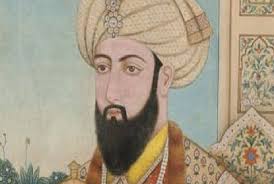
LODI DYNASTY (1451-1526)
Bahlol Lodi(1451-1489):
The founder of the Lodi dynasty was Bahlol Lodi who was known as a wise statesman knowing his limits. He took various measures to gratify his nobles. Bahlol Lodi was also an able army man as he conquered Gwalior, Santhal, and Mewat by 1486 A.D.
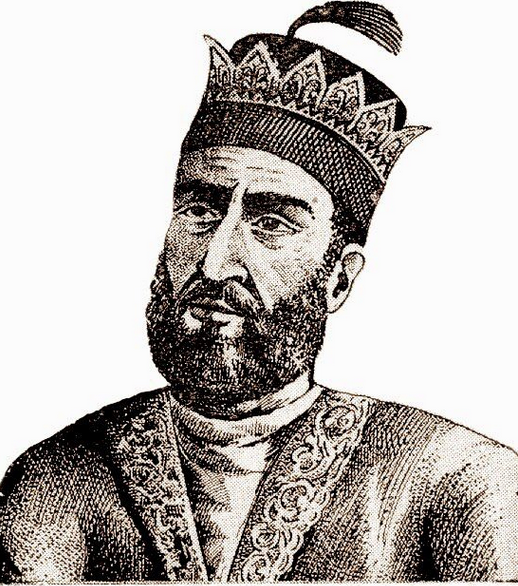
Sikandar Lodi (1489-1517):
Sikandar Lodi was the son of Bahlol Lodi and he ascended the throne under the title of Sikandar Shah. He established a well-organized spy system. He also developed the agriculture system and formulated farmer-friendly policies in the empire. He revived the music industry with his love for Shehnai Music and the famous “Lahjati-Sikandar Shahi” was created during his reign. Sikandar Lodi was however an intolerant person and imposed several restrictions on Hindus.
Ibrahim Lodi (1517-1526):
As the last ruler of the Lodi dynasty, Ibrahim Lodi was also the last ruler of the Delhi Sultanate which ruled for almost a period of 350 years. He was a stubborn and intolerant ruler. He treated everyone with cruelty and crushed the nobles who disagreed with him. He was also cruel towards his own son Dilawar Khan Lodi. Daulat Khan, a powerful noble from Punjab sought help from the Kabul ruler, Babur to remove him from the position of Sultan.
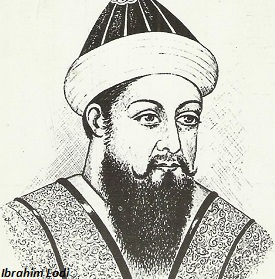
Finally, in 1526 A.D., Akbar defeated Ibrahim Lodi in the first battle of Panipat which brought an end to the Delhi Sultanate and established the Mughal Empire which ruled for the next 300 years in the country.
QUESTION AND ANSWERS
Q.1: Which ruler first established his or her capital in Delhi?
Ans. 1: Ananga Pala of the Rajput Tomar dynasty established the rule in Delhi for the first time.
Q.2: What was the language of administration under the Delhi Sultans?
Ans. 2: Persian was the language of the administration under the Delhi Sultans.
Q.3: In whose reign did the Sultanate reach its farthest extent?
Ans. 3: The Sultanate reached the farthest extent under the rule of Muhammad-Bin-Tughlaq.
Q.4 From which country did Ibn Battuta travel to India?
Ans. 4: Ibn Battuta was a 14th-century traveler who came from Morocco and stayed as a noble in the court of Muhammad-bin-Tughlaq.
Q.5 What is the “circle of justice”, why was it important for the military commanders to keep the interests of the peasantry in mind?
Ans. 5: The circle of justice stated that it was important for the military commanders to keep the interests of the peasantry in kind because the salaries of the military commanders came from the revenue collected from the peasants. The peasants were only able to pay when they were in the position i.e. when they were prosperous and happy. Thus, military commanders promoted the idea of justice and honest governance.
Q.6: What is meant by “internal” and “external” frontiers of the Sultanate?
Ans 6: The idea of “internal” frontiers of the Sultanate referred to the consolidation of the hinterlands and garrison towns. During the campaigns, forests were cleared in the Ganga-Yamuna doab and the hunter-gatherers and pastoralists were expelled from their habitat and these lands then were handed over to the peasants. They also promoted regional trade through the establishment of new fortresses and the garrison towns.
“External” frontiers of the Sultanate meant the military conquests which took place in southern parts of India which started during the reign of Alauddin Khilji and ended with the reign of Muhammad-bin- Tughlaq’s conquest of Warangal.
Q.7 What were the steps taken to ensure that muqtis performed their duties? Why do you think they may have wanted to defy the orders of the Sultans?
Ans 7: The muqtis were the military commanders who were appointed during the reign of Khilji and Tughluq monarchs who made them the governors of territories that had variable sizes. The lands were called its. The duties of the muqtis were as follows:
- To lead military campaigns and maintain law and order in their respective areas.
- The iqtas had to collect the revenues of their assignments as salary in exchange for their military services and had to pay their soldiers from these revenues.
- Control over muqtis was most effective if their office was not inheritable and if they were assigned iqtas for a short period of time before they were shifted to another place.
- Accountants were also appointed by the state to keep a check on the amount of revenue collected by the state. The care was also taken that the muqtis did not charge more than prescribed by the Government.
Q.8: What was the impact of the Mongol invasions on the Delhi Sultanate?
Ans 8: During the reign of Alauddin Khilji, there was a rise in the attack of Mongols in India which resulted in the ruler to take steps to prevent further external aggressions. For this reason, he raised the no. of soldiers in the army, established garrison towns for soldiers, and collected tax from lands between the Ganga and Yamuna to feed the soldiers. There was also a rise in the no. of cases of invasions during the times of Muhammad-bin-Tughlaq, which as a result forced him to make provisions for token currency to be made out of cheap metals for the payment to the soldiers.





